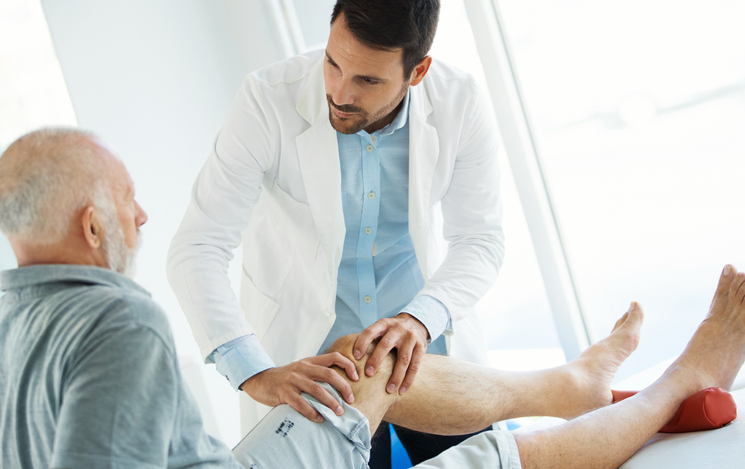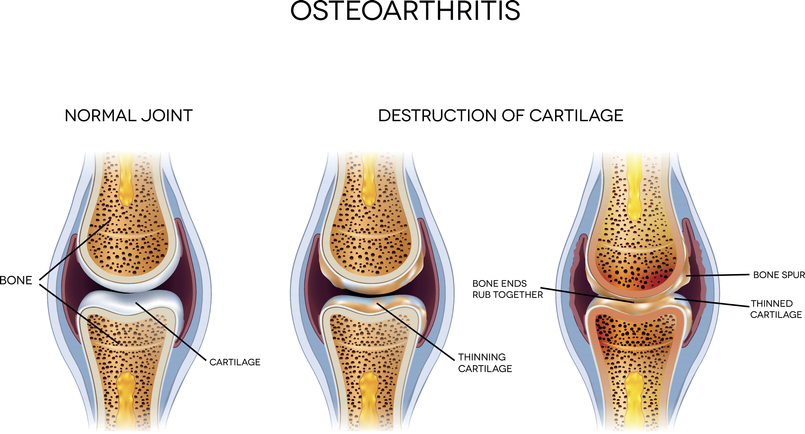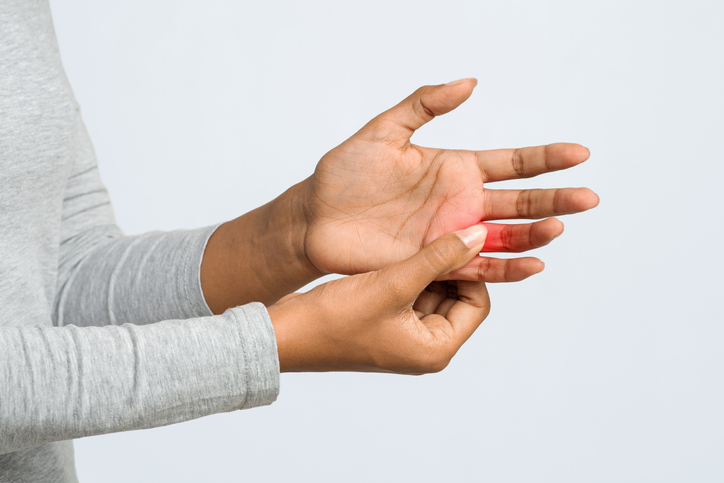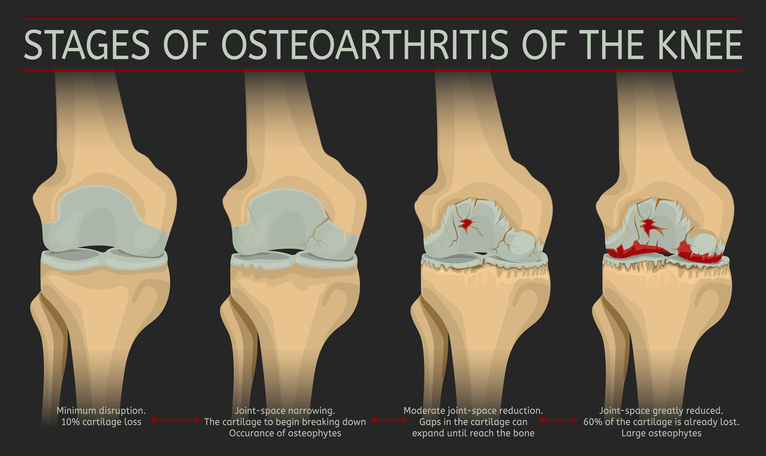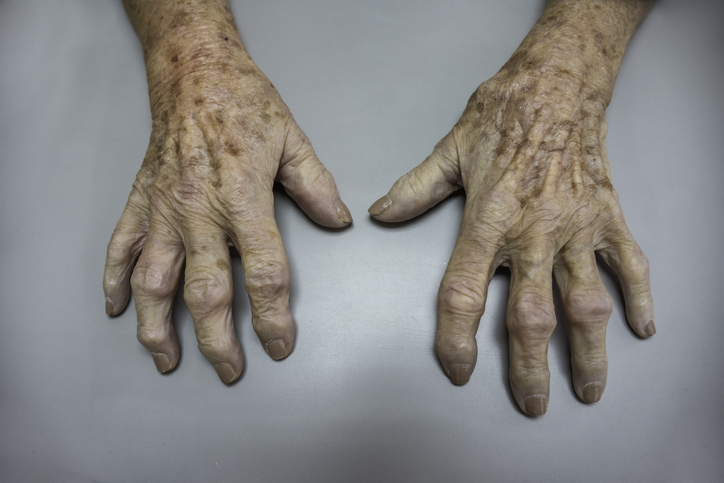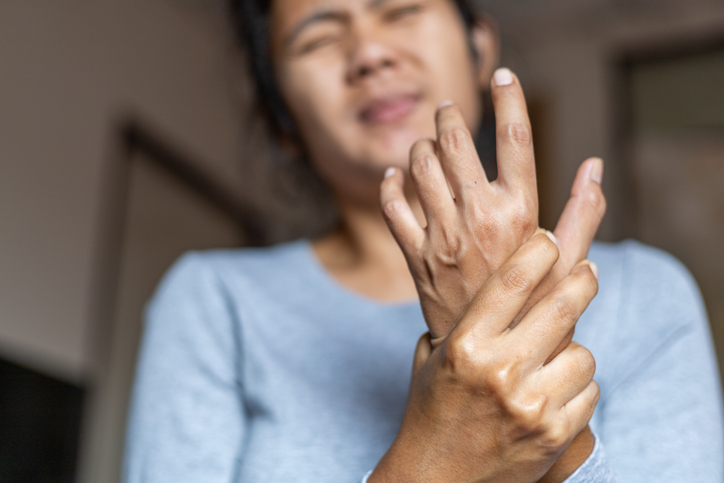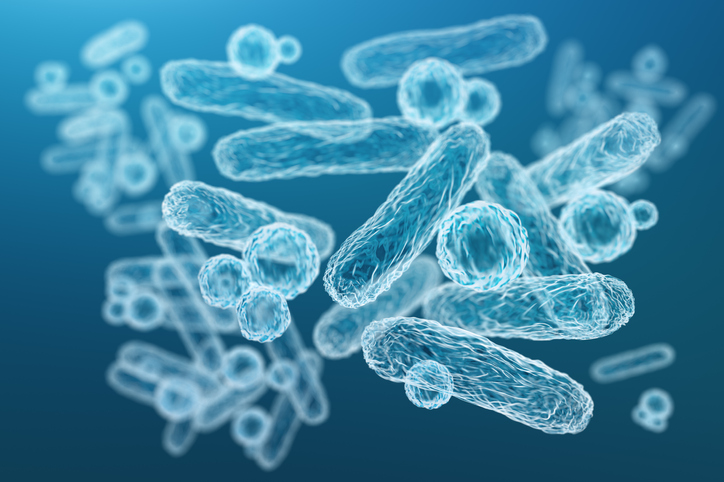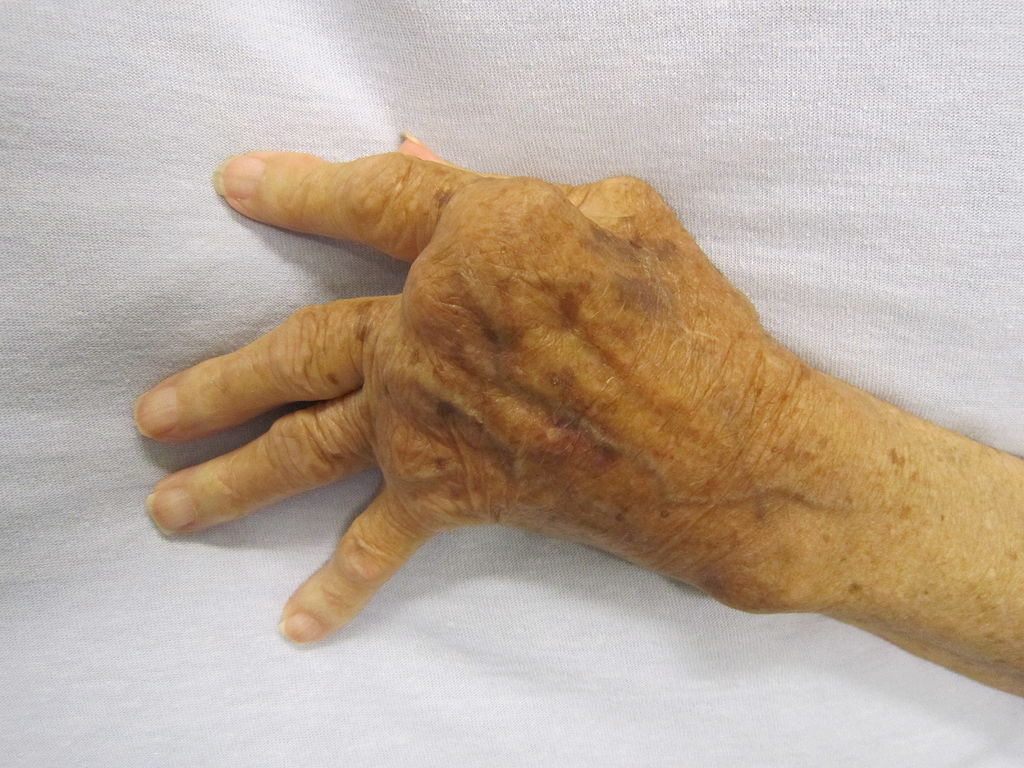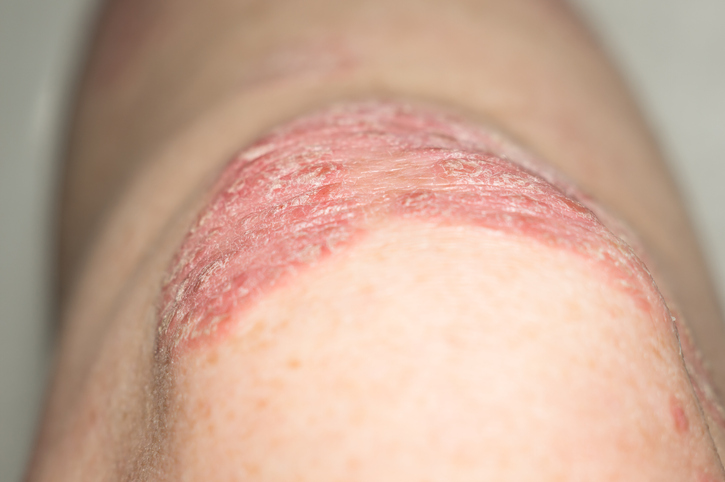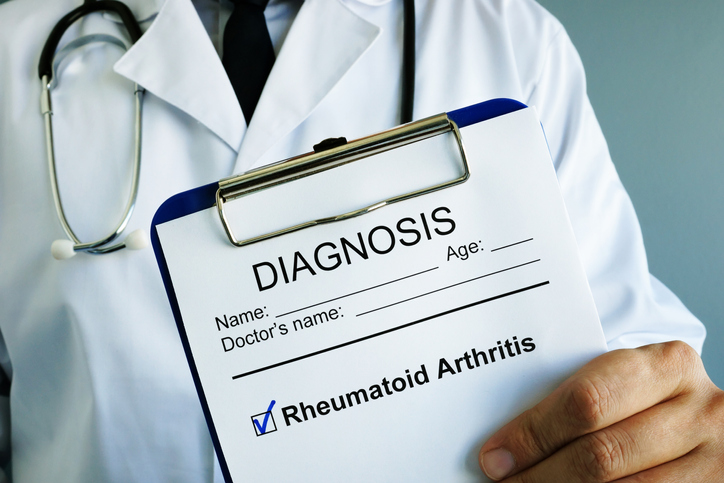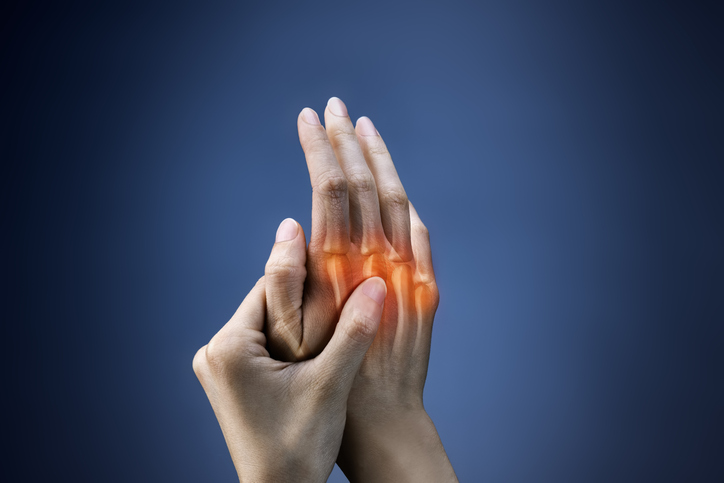Pain
Diagnosing Osteoarthritis (OA)

What is osteoarthritis?
Osteoarthritis (OA) is the most common form of arthritis, affecting over 30 million people in the United States alone. It occurs when the smooth cushion (cartilage) in one or more joints gradually breaks down, causing joint pain and stiffness. Osteoarthritis most commonly affects the hands, knees, hips and spine. Because OA is typically caused by normal wear and tear, the risk of developing osteoarthritis increases with age and generally worsens over time.
Diagnostic process
A health care provider will obtain a medical history, review symptoms, and perform a physical exam to check for tenderness, swelling, redness, flexibility, and any bony enlargements of the joint(s).
Medical tests or procedures that may be ordered to confirm an osteoarthritis diagnosis include the following:
Blood tests cannot confirm OA; however, they can exclude other conditions that mimic osteoarthritis, such as rheumatoid arthritis.
X-rays of the affected joints can show joint or bone damage and any bone spur development around the joint. If cartilage loss is present, X-rays will show a narrowing of the space between the bones in a joint. X-rays can also exclude other causes of joint pain.
Magnetic resonance imaging (MRI) uses radio waves and a strong magnetic field to view the cartilage and other parts of the affected joint. Although an MRI is not commonly used to diagnose OA, it can be helpful in complex cases.
Arthrocentesis involves joint fluid aspiration — a sterile needle is used to draw fluid from the affected joint. This is often performed in a clinical setting. It checks for inflammation and is useful in excluding gout, infections or other causes of inflammation. An injection of corticosteroids may be performed at the same time, which can help relieve pain, swelling and inflammation.
Arthroscopy is a minimally invasive surgical technique in which a physician inserts a viewing tube in the joint space to check for abnormalities or damage to the cartilage and ligaments. Needed repairs can also be completed during this procedure.
